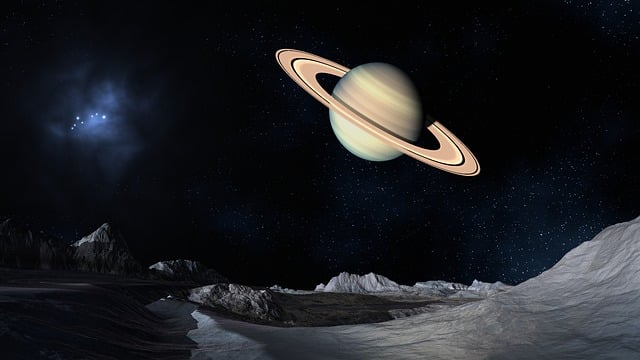
Pre-reading questions:
- Are you familiar with the planet Saturn? What do you know about it?
- If you were going to describe Saturn to a blind person, how would you describe it?
Vocabulary:
- visible /VIZ-uh-buhl/
- disappearance /dis-uh-PEER-uhns /
- rocky /ROK-ee/
- giant /JAHY-uhnt/
- fate /feyt /
[adjective] – able to be seen
The police officer wore a reflective vest to ensure they were visible to drivers during nighttime patrols.
[noun] – a state or condition in which a person or thing cannot be seen or found
The detective was called in to investigate the mysterious disappearance of a valuable artifact from the museum.
[adjective] – made of rock and therefore usually rough
The mountain climbers wore sturdy boots to tackle the rocky slopes, ensuring a firm grip on the rugged surface.
[noun] – an extremely large, strong, powerful, or important thing
The dinosaur skeletons in the museum exhibit showcased the massive size of these prehistoric giants that roamed the Earth millions of years ago.
[noun] – what happens to a particular person or thing, especially something final or negative, such as death or defeat
Despite their efforts, they could not escape their fate as the ship sank in the stormy seas.
Article reading:
The origin of Saturn’s rings is speculated to be caused by the gravitational instability that destroyed some of the planet’s icy moons. The findings from these studies have led scientists to consider the possibility that the rings around other ice and gas giants in our solar system, such as Uranus and Neptune, may have once been more extensive and luminous. Understanding the formation and fate of Saturn’s rings may contribute to the potential for finding the building blocks of life elsewhere in the universe.
Comprehension questions
- What did NASA’s Cassini mission reveal about Saturn’s icy rings?
- What are Saturn’s rings mainly composed of?
- Why are the rings losing mass at a rapid rate?
- Which other ice and gas giants in our solar system may have once had extensive and luminous rings?
- What significance does understanding the formation and fate of Saturn’s rings have in the search for life elsewhere in the universe?
Discussion questions
- What did you find most surprising or interesting about the new research findings on Saturn’s rings? How does this new information change or enhance your perception of Saturn as a planet?
- How do you feel knowing that Saturn’s iconic rings have a limited lifespan and may not be visible to future generations? Does it make you appreciate the beauty and uniqueness of the rings even more?
- If you had the opportunity to witness Saturn’s rings in person, knowing that they may not be visible in the future, would you prioritize that experience?
- Considering the age and potential disappearance of Saturn’s rings, what other natural wonders in the universe do you think are worth appreciating and exploring before they change or vanish?
- How do you think the research on Saturn’s rings and the potential insights gained from studying them could contribute to our understanding of the existence of life elsewhere in the universe?